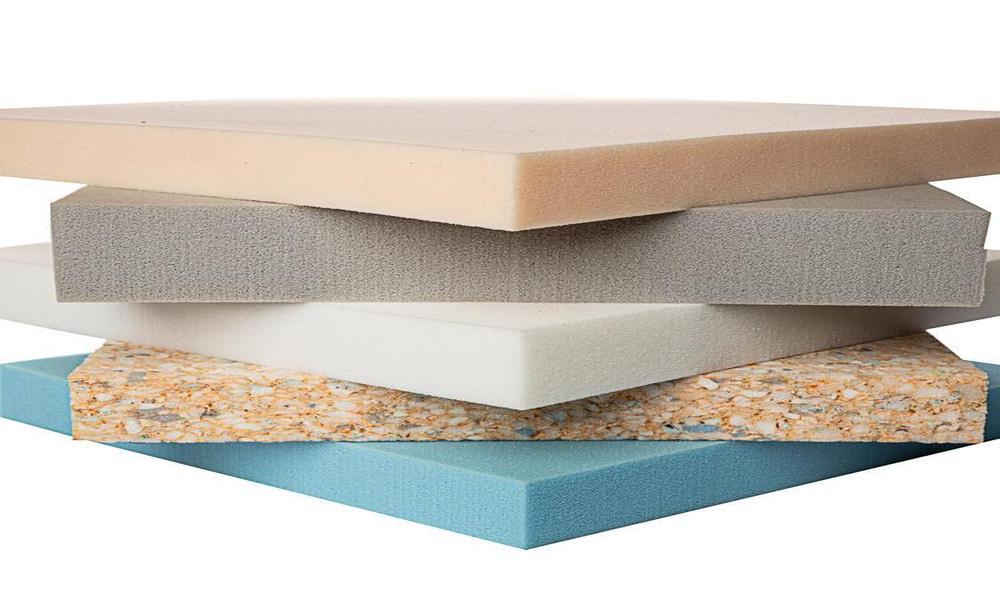
Foam filling is the process of injecting foam material into cavities or voids in a structure or object, often for the purpose of insulation or structural reinforcement. The foam material used for filling can be made from a variety of materials, including polyurethane, polystyrene, or polyethylene. While foam filling has many applications, one major benefit is its ability to improve the structural integrity and safety of buildings and structures.
- Structural reinforcement is a key benefit of foam filling. The process can help to strengthen a building by filling voids or gaps in the walls, floors, and roof. This can be particularly important in areas prone to natural disasters, such as earthquakes or hurricanes, where buildings may be at risk of collapse. By filling these voids with foam, the structure becomes more resistant to damage and more capable of withstanding strong winds or seismic activity.
- Foam filling can also improve the fire resistance of a building. Depending on the type of foam used, it can provide an additional layer of insulation that can slow down the spread of fire. This can be particularly important in commercial or industrial buildings, where fires can have catastrophic consequences. By slowing down the spread of fire, foam filling can give occupants more time to evacuate and firefighters more time to respond.
- Insulation is another major benefit of foam filling. By filling voids in walls or ceilings with foam, buildings can be made more energy-efficient, reducing heating and cooling costs. Foam insulation is particularly effective at reducing air infiltration, which can help to maintain a comfortable indoor temperature and reduce energy waste. In addition, foam insulation can also help to reduce noise transmission, creating a more comfortable and peaceful indoor environment.
- Foam filling can also be used to repair or restore damaged structures. In cases where walls, floors, or ceilings have been damaged due to water or other types of damage, foam filling can be used to fill in the voids and restore the structure to its original condition. This can be a cost-effective alternative to more extensive repairs, and can help to extend the life of the structure.
- Another major benefit of foam filling is its versatility. Foam can be injected into a wide range of structures, including walls, ceilings, roofs, and floors. It can also be used to fill in voids around pipes, wires, or other fixtures, creating a more secure and stable structure. This versatility makes foam filling a useful tool for builders and contractors, who can use it to address a wide range of structural and insulation needs.
- In addition to its structural and insulation benefits, foam filling is also a relatively quick and easy process. It can be completed quickly and with minimal disruption to the building occupants. This can be particularly important in commercial or industrial settings, where downtime can have a significant impact on productivity and profitability.
- Overall, foam filling has many benefits, from improving the structural integrity and safety of buildings to reducing energy waste and creating a more comfortable indoor environment. Whether used for insulation, structural reinforcement, or repair and restoration, foam filling is a versatile and effective tool that can help to enhance the performance and longevity of buildings and structures.




